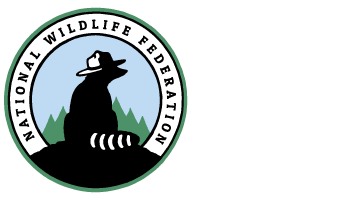Advocacy and Electoral Work
Elected officials make decisions every day that affect wildlife. The National Wildlife Federation Action Fund works to ensure that those decisions provide solutions to protect, restore, and connect wildlife habitat; transform wildlife conservation; connect all Americans with wildlife, and advance environmental justice. The NWF Action Fund targets important legislation, votes, and elections to help hold elected officials accountable for their positions.
NWF Action Fund has a long history of working with elected officials on both sides of the aisle to promote conservation. We believe that every elected official should represent the conservation ethic, which means supporting those who stand up for people, wildlife, and our climate.
In 2020 and 2021, we supported candidates from state legislative races to the presidential election based on their commitment to our mission. From the Arizona state legislature, to Democratic and Republican members of Congress, to the President of the United States, our candidates stood up for conservation and won.
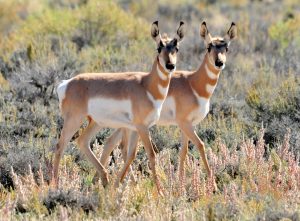
Prevent Harmful Methane Pollution
Number of Actions Taken: 13,113
Summary
In December of 2022, over 13,000 of our supporters sent messages to the Environmental Protection Agency in support of curbing methane pollution emissions from oil and gas operations across the country for the sake of communities and vulnerable wildlife.
Policy Outcome
On December 2nd at the 28th international climate convening, COP28, the Environmental Protection Agency announced new standards to reduce methane pollution. The new standards are predicted to prevent an estimated 58 million tons of methane emissions by 2038, addressing a climate-altering pollutant while protecting the health of people and wildlife.

Restore Louisiana’s Lost Wetlands
Number of Actions Taken: 11,258
Summary
The ongoing land loss on Louisiana’s coast had already claimed an area equal in size to the state of Delaware, jeopardizing wildlife and making communities increasingly vulnerable to stronger hurricanes and sea level rise. in April, 2021 over 11,000 of our supporters took action so the Mid-Barataria Sediment Diversion could build and preserve more than 17,000 acres of wetlands over the next 30 years.
Policy Outcome
In August, 2023 the State of Louisiana broke ground on the Mid-Barataria Sediment Diversion, the largest single restoration project in US history, connecting the Mississippi River to its surrounding wetlands.
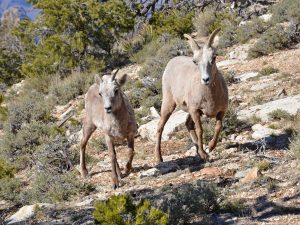
Safeguard the Grand Canyon from Mining
Number of Actions Taken: 23,004
Summary
In August 2023, our supporters sent more than 20,000 messages to President Biden and Interior Secretary Deb Haaland urging them to support the Grand Canyon Tribal Coalition and designate the Baaj Nwaavjo Itah Kukveni Grand Canyon National Monument. Those protections safeguard wildlife, water supplies, and significant Indigenous sites.
Policy Outcome
President Biden designated the nearly 1-million-acre Baaj Nwaavjo I’tah Kukveni – Ancestral Footprints of the Grand Canyon National Monument on August 8, 2023.
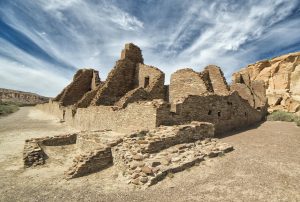
Keep Energy Development Out of a Sacred Landscape
Number of Actions Taken: 17,187
Summary
17,187 of our supporters told the Bureau of Land Management in March 2022 to support a buffer zone around Chaco Canyon in New Mexico to protect the area’s ancient dwellings and robust wildlife.
Policy Outcome
In June 2023, the Department of the Interior ordered a 20-year moratorium on oil and gas development around the Chaco Culture National Historical Park that will protect significant Indigenous sites and safeguard diverse wildlife populations in New Mexico.
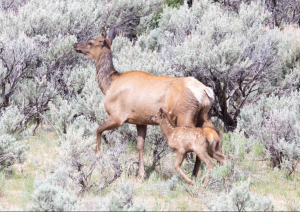
Reform Oil and Gas Leasing on Public Lands
Number of Actions Taken: 76,518
Summary
In 2021 and 2022, our supporters sent approximately 77,000 messages to Congress and the Biden Administration urging reforms in oil and gas leasing on public lands.
Policy Outcome
The Biden Administration put forth a proposed ruling to reform oil and gas leasing on public lands, with a call for public comment. Our supporters are urging President Joe Biden and Interior Secretary Deb Haaland to begin the rulemaking process to codify reforms that were passed by Congress and to update the bonding system so that oil and gas companies are required to pay for the cleanup of lands they develop.

Safeguard Sacred Indigenous Lands and Wildlife Habitat in Nevada
Number of Actions Taken: 20,800
Summary
In December 2022, our supporters sent 20,800 messages thanking President Biden and Interior Secretary Haaland for announcing plans to designate nearly 450,000 acres as Avi Kwa Ame National Monument.
Policy Outcome
In March 2023 President Biden officially designated Avi Kwa Ame as a national monument, benefitting wildlife and people alike as more than 450,000 acres of the lands they depend on will be conserved and restored for future generations.
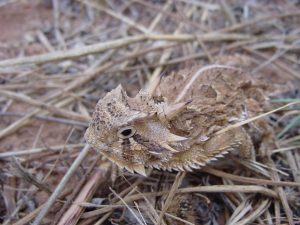
Conserve the Texas Castner Range Landscape
Number of Actions Taken: 22,114
Summary
In 2022 our supporters sent over 22,000 messages urging the Biden Administration to designate Castner Range outside of El Paso, Texas as a national monument.
Policy Outcome
In March 2023 President Biden officially designated Castner Range as a national monument, protecting wildlife, giving outdoor access near an urban area, and reflecting and honoring the local communities and the history and culture of the people who live there.

Boundary Waters Canoe Wilderness Area
Number of Actions Taken: 13,957
Summary
13,957 of our supporters stood up for moose and all Boundary Waters wildlife in July 2022 by sending a message to the Biden Administration in support of the proposed 20-year ban on sulfide-ore copper mining across more than 1 million acres of federal public lands in the wilderness watershed.
Policy Outcome
In January 2023 Interior Secretary Deb Haaland put in place a 20-year ban on mining leases that threatened to leach sulfuric acid acress more than 1 million acres of the Boundary Waters watershed.

9 Million Acres in Alaska’s Tongass National Forest
Number of Actions Taken: 49,933
Summary
Between 2020 and 2022, our supporters sent nearly 50,000 messages to the Biden administration to restore protections so that the over 9 million acres of old-growth trees in Tongass National Forest wouldn’t be clear cut.
Policy Outcome
In January 2023 the U.S. Forest Service reinstated Roadless Rule protections for 9 million acres of the Tongass National Forest, which will promote biodiversity, safeguard water supplies, increase natural carbon sequestration, and protect sacred sites of great importance to the Indigenous people of Alaska.

Stop Pebble Mine, Protect Alaska’s Bristol Bay
Number of Actions Taken: 17,420
Summary
In August 2020, our supporters sent 17,420 messages to the U.S. Army Corps of Engineers to not let toxic mining harm Alaska’s brown bears in Bristol Bay and stop Pebble Mine.
Policy Outcome
In January 2023 the Biden Administration used a Clean Water Act veto to block Pebble Mine, protecting Alaska’s Bristol Bay, its salmon, and the jobs and communities it supports.

Protect Millions of Acres in Utah’s Bears Ears
Number of Actions Taken: 11,494
Summary
In the summer 2022, 11,494 of our supporters sent messages to President Biden urging him to restore protections for millions of acres of the Bears Ears and Grand Staircase-Escalante National Monuments.
Policy Outcome
In October of 2022 President Biden restored protections for more than 2 million acres of the Bears Ears and Grand Staircase-Escalante National Monuments and nearly 5,000 square miles of habitat in the Northeast Canyons and Seamounts Marine National Monument that President Trump had eliminated during his administration.
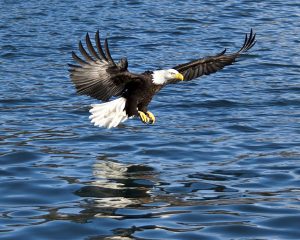
Inflation Reduction Act Climate Legislation
Number of Actions Taken: 24,005
Summary
In August 2022, our supporters sent more than 24,000 messages urging the Senate and House of Representatives to pass historic climate legislation, the Inflation Reduction Act.
Policy Outcome
The Inflation Reduction Act was signed into law on August 16th, 2022. The legislation included a plan to invest $1.1 billion in Everglades restoration projects.
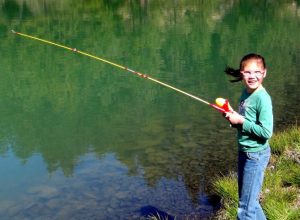
Permanent Authorization of the Land and Water Conservation Fund (Great American Outdoors Act)
Number of Actions Taken: 40,486
Summary
In May 2020, our supporters sent 40,486 messages to their Congressional leaders to vote for the Great American Outdoors Act which would expand recreation opportunities, protect wildlife and create jobs.
Policy Outcome
President Biden signed the Great American Outdoors Act into law in August 2020, to permanently fund the Land and Water Conservation Fund and provide up to $1.9 billion a year to address deferred maintenance issues at our national parks, forests, wildlife refuges and other public lands.
